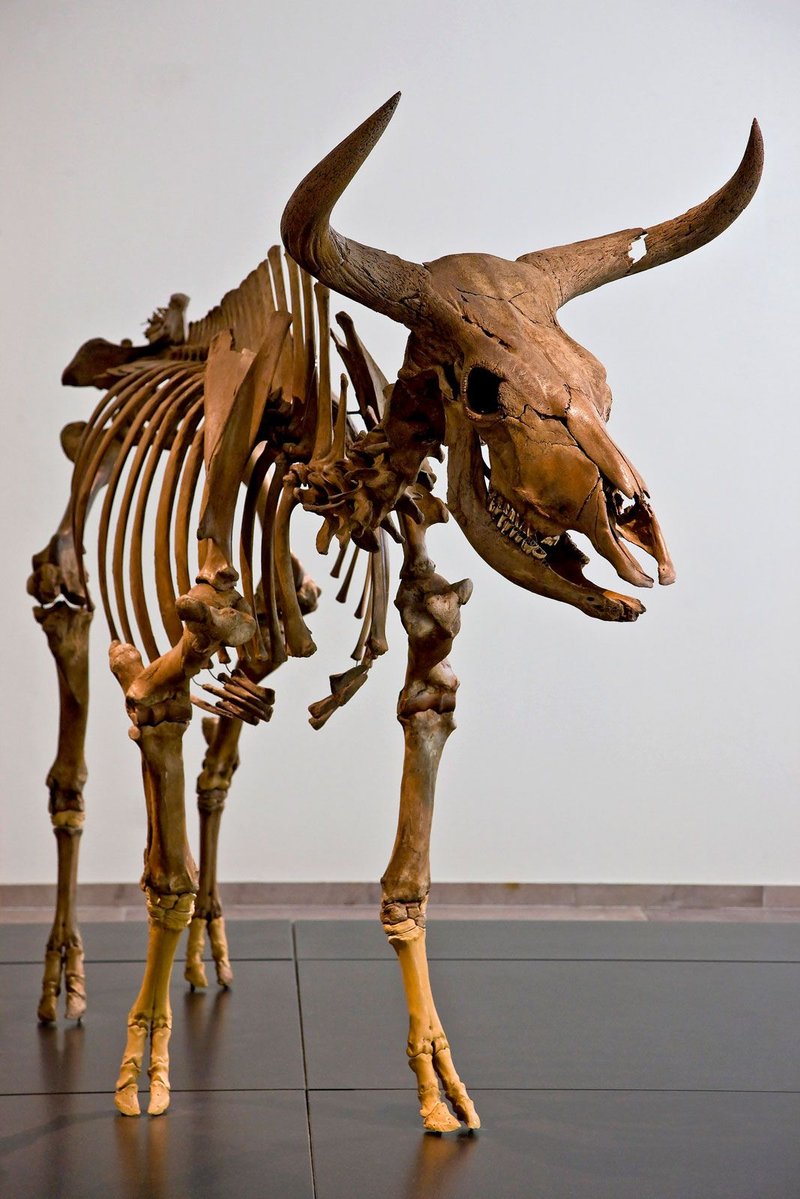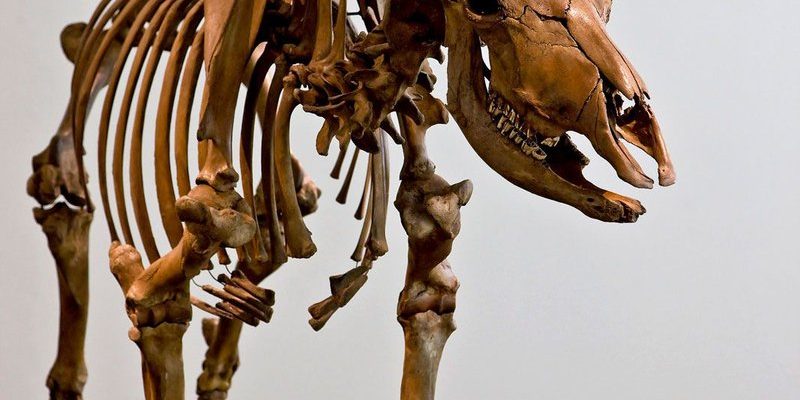
The ox isn’t just one single species; it’s more like a family of animals with a rich tapestry of history. Imagine the ox as a team of superheroes, each with its own special abilities, coming together to shape the landscape of human development. From their wild ancestors to the domesticated farmers we know today, oxen have had a profound impact on human societies across the globe. So, grab your favorite beverage, and let’s explore the evolutionary history of the ox together!
Ancient Ancestry: The Wild Origins of the Ox
The story of the ox begins millions of years ago with the aurochs, a massive wild cattle species that roamed Europe, Asia, and North Africa. These creatures were no small potatoes; they stood about 6 feet tall at the shoulder and weighed up to 2,000 pounds! Picture this: vast herds grazing on ancient grasslands, their powerful frames gliding effortlessly through the wild. The aurochs were not only impressive hunters but also essential players in the ancient ecosystem.
Around 8,000 to 10,000 years ago, human societies began to shift from nomadic lifestyles to more settled agricultural practices. This transition marked a turning point in the relationship between humans and aurochs. As people started to domesticate these massive animals, they underwent significant changes over generations. Selective breeding favored traits that made them easier to manage, such as calmer temperaments and smaller sizes. Eventually, the wild aurochs faded from existence, leading to the emergence of modern domesticated oxen.
It’s interesting to note that the domestication of the ox wasn’t a one-size-fits-all process. Different regions adapted these animals according to their unique needs. In places like Asia, where the Indian and Chinese domesticates were prominent, oxen developed features and uses distinct from their European counterparts. This divergence showcases how the evolution of the ox is deeply intertwined with human culture and geography.
The Role of Oxen in Agriculture
Once domesticated, oxen became invaluable partners in agriculture. They were like the workhorses of ancient societies, helping people thrive in farming. Imagine a bustling village where farmers relied on these strong animals to plow fields and transport goods. Oxen were particularly favored for their strength and endurance, making them ideal for heavy labor.
Oxen also played a significant part in the development of early civilizations. They helped boost food production, which led to population growth. More food meant larger communities, and larger communities meant more complex social structures. It’s fascinating to think of how something as simple as a domesticated ox could shape the course of history, isn’t it?
And let’s not forget about their versatility! Oxen weren’t just used for plowing. They pulled carts, helped with irrigation, and were even utilized in trade. Their adaptability and utility helped set the stage for modern agriculture as we know it today. In many parts of the world, oxen are still crucial in farming practices, proving that their legacy endures.
The Genetic Trail: Tracking Oxen Through History
To understand the evolutionary history of the ox, we can look at genetics. Scientists have studied the DNA of modern oxen to trace their lineage back to the aurochs. This genetic detective work has revealed key insights into how domestication shaped these animals.
For instance, various traits we see in today’s oxen—like their size or coat color—can often be traced back to specific breeding practices. Some breeds have been carefully developed for dairy production, while others are tailored for their strength and size. It’s like a family tree where each branch tells a story of adaptation and purpose.
Moreover, understanding the genetic diversity among oxen also highlights the importance of conservation. Some breeds are endangered due to modern agricultural practices favoring only a few high-yield types. By studying their genetic history, we can better appreciate the importance of preserving these unique breeds, ensuring that the legacy of the ox continues for future generations.
The Cultural Significance of Oxen
Oxen are not just farm animals; they hold deep cultural significance in many societies. Across different cultures, you’ll find stories, symbols, and traditions centered around oxen. They often symbolize strength, hard work, and community. For example, in Hindu culture, the ox (or cow) is revered and considered sacred. This reverence reflects a long relationship between humans and these remarkable animals.
Festivals and rituals often integrate oxen, showcasing their importance. In many farming communities, you’ll see ceremonial practices involving oxen to celebrate the harvest or even as part of wedding traditions. These events highlight a connection that goes beyond mere utility—it’s about respect for these creatures and their role in human life.
Interestingly, oxen have also found a place in art and literature. From ancient cave paintings to modern films, they represent various themes, often highlighting their connection to agriculture, labor, and prosperity. This cultural presence reinforces the idea that oxen are woven into the very fabric of human civilization.
The Future of Oxen: Challenges and Conservation
As we move further into the 21st century, the future of oxen faces challenges. Modern farming methods increasingly rely on machinery, which can lead to a decline in the use of oxen. This shift can endanger traditional practices and the unique breeds developed around the world.
Conservationists are working hard to preserve the genetic diversity of oxen. They emphasize the importance of maintaining different breeds, which can serve various ecological and agricultural needs. For example, some breeds are more resistant to diseases or can thrive in specific climates, making them valuable for sustainable farming practices.
It’s essential to think about how we can keep this connection to the past while adapting to the future. Supporting local farms that use traditional methods can help keep this heritage alive. You might even consider learning about or visiting places that promote oxen as part of their agricultural practices—it could be a rewarding experience!
The evolutionary history of the ox is a rich tapestry woven through time, culture, and human innovation. From the mighty aurochs roaming the plains to the domesticated oxes supporting agricultural communities today, these animals have played an essential role in shaping societies worldwide.
Celebrating the legacy of the ox encourages us to appreciate the connection we share with these animals. So next time you see an ox, take a moment to reflect on its incredible journey. It’s not just a farm animal; it’s a testament to human ingenuity and adaptability, reminding us of our shared history and the importance of maintaining that bond.

